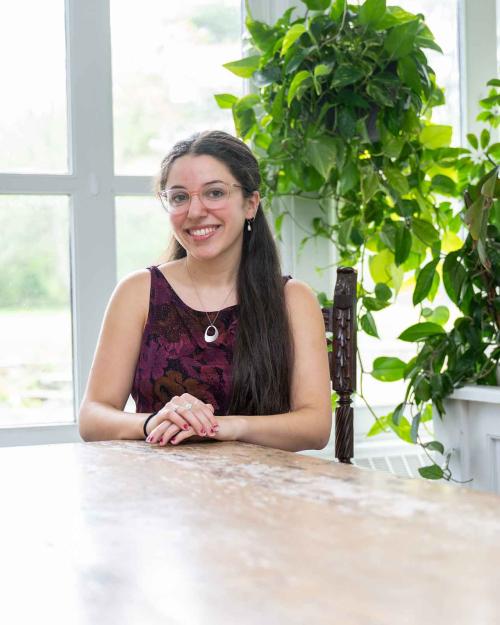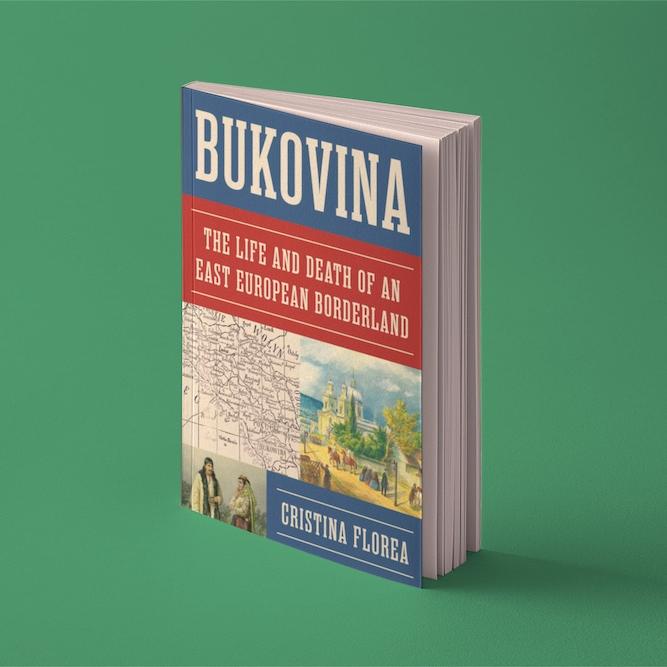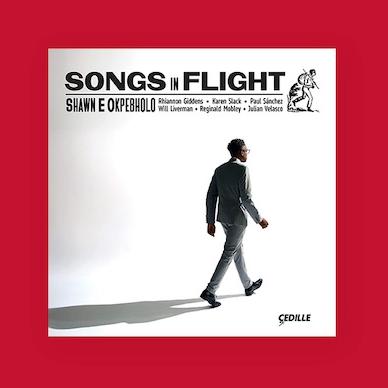
As the semester ended, 45 students from the Humanities Scholars Program (HSP) in the College of Arts & Sciences (A&S) presented their work May 2 at the annual Humanities Scholars Spring Research Conference.
The all-day conference offers a candid look into the research that concludes many students’ senior year. Projects spanned topics from Confederate cemeteries to Korean textiles, from Indigenous short stories to Latin poetry, and from the Federalist papers to Chinese economic nationalism.
During her presentation, Colette Rose Jarrell ’25 held aloft a tattered collection of pages, explaining to the audience her decision to represent the artwork of a 1960s French protest movement in the format of a newspaper.
The newspaper she cautioned, was a prototype, laid out on printer paper, but the intention behind it remained clear.
“The [paper] is both the exhibit guide and the exhibit itself,” Jarrell told the audience.
Jarrell’s project idea began with a class she took on political memory, which she applied to the posters of resistance made during May 1968 – a particularly turbulent time of French history marked by student protest. In France, she said, this history remains surprisingly unacknowledged, so she chose to showcase the political posters in a newspaper as a departure from this lack of shared memory and from the rigid salon-style display used in previous museum exhibits.
Jarrell received an HSP research grant that allowed her to conduct vital research in local archives in France over February break.
“I wanted to present this history, specifically to the Cornell population, and I wanted to do so in a format that would kind of break the structure of a [traditional] exhibit,” Jarrell recalled. “[My design] would allow the viewer to come closer to the material that they're being presented with.”

Rachel Sulciner’s ’25 HSP project was also a retrospective into history, though the object of her work emphasized discovery of information rather than presentation.
Focusing on the topic of police surveillance in New York City, she used everything from newspaper articles, internal police communications and old case files to build her capstone project.
Sulciner made multiple trips to archives in Brooklyn and Manhattan, helped with funding from HSP research grant. Working with collections that held as much as 670 cubic feet of material, Sulciner said she had some difficulty sifting through this “notoriously unorganized” space, but was bolstered by what she had learned in drew HSP’s research methods course, which brought her to Cornell’s archives in Olin library.
“The process of working with the archivist, or librarian, was similar to [SHUM 3750 Humanities Research Methods] in communicating what type of thing you're looking for from the archive and hoping that they can help you.”
Between the research funding as well as an HSP-funded internship with the Bronx public defender’s office, Sulciner felt fortunate for the support.

Amerdeep Passananti ’25 conducted research for his legal-facing HSP project online through Bloomberg Law and other online tools.
Passananti studied what happens when eminent domain is used on religious land. Focusing on six court cases, Passananti investigated the legal precedent for his subject, but found that scholarship was limited — part of the reason he chose the topic.
“This project is like your baby. You're working on it for an entire year, and you want to make sure it's the best possible product when you're done with it,” Passananti said. “So really [it] teaches you to be proud of your work.”
Benjamin Leynse is a junior in the College of Arts and Sciences, a writer for The Cornell Daily Sun and an incoming HSP student.





